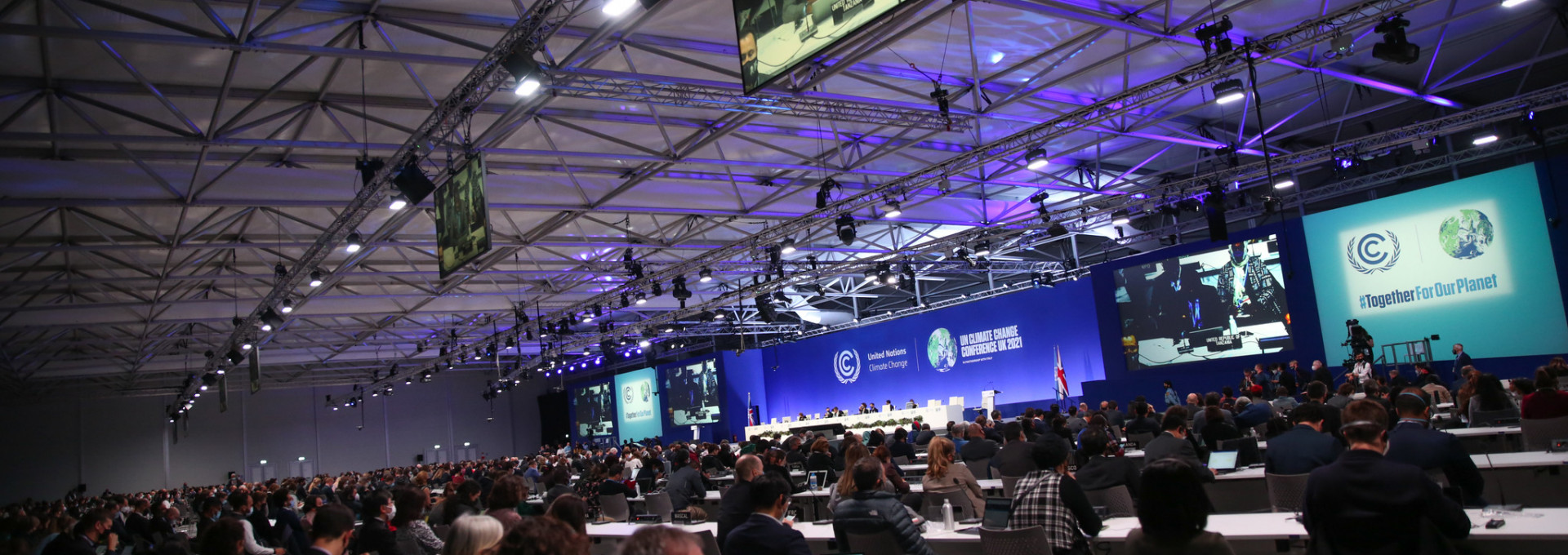



Beim Weltklimagipfel 2022 in Scharm el-Scheich verhandeln die Staaten über die Zukunft unseres Planeten. Vom 7. bis 18. November geht es bei der COP 27 etwa um die praktische Umsetzung des Kohle-, Gas- und Ölausstiegs, der im Klimapaket von Glasgow bei der letzten Klimakonferenz 2021 beschlossen wurde. Die Helmholtz-Klima-Initiative begleitet die Klimakonferenz mit Hintergründen und aktuellen Informationen sowie einer Expert:innenvermittlung.
On Nov. 14 at 11:30 a.m., the Institute For Advanced Sustainability Studies (IASS), together with Helmholtz scientists, will host a so-called side event on "Innovative communication formats for mobilizing climate action." Read more here.
At the 2022 World Climate Summit in Sharm el-Sheikh, countries will negotiate the future of our planet. From November 7 to 18, COP 27 will focus on the practical implementation of the phase-out of coal, gas and oil, which was agreed in the Glasgow climate package at the last climate conference in 2021. The Helmholtz Climate Initiative is accompanying the climate conference with background and up-to-date information as well as an expert service.
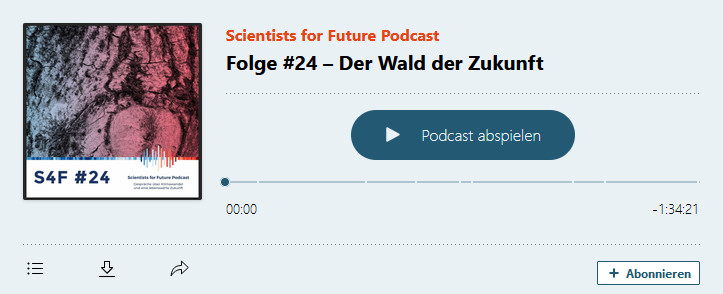

Im Scientists for Future Podcast spricht Friedrich Bohn unter anderem über die Glasgow Forrest Declaration, den Amazonas, die deutschen Wälder, Rohstoffe aus dem Wald, und die Rolle des Waldes für das Klima – kurz gesagt, den Wald der Zukunft. Zum Podcast.
Wälder sind in allen politischen Lagern populär. Trotzdem kommt der Schutz der Wälder nur langsam voran. Mittlerweile hat die Wissenschaft allerdings die besten Methoden identifiziert. Nun sind die Politiker:innen am Zug und müssen diese auch implementieren. Zum Artikel.

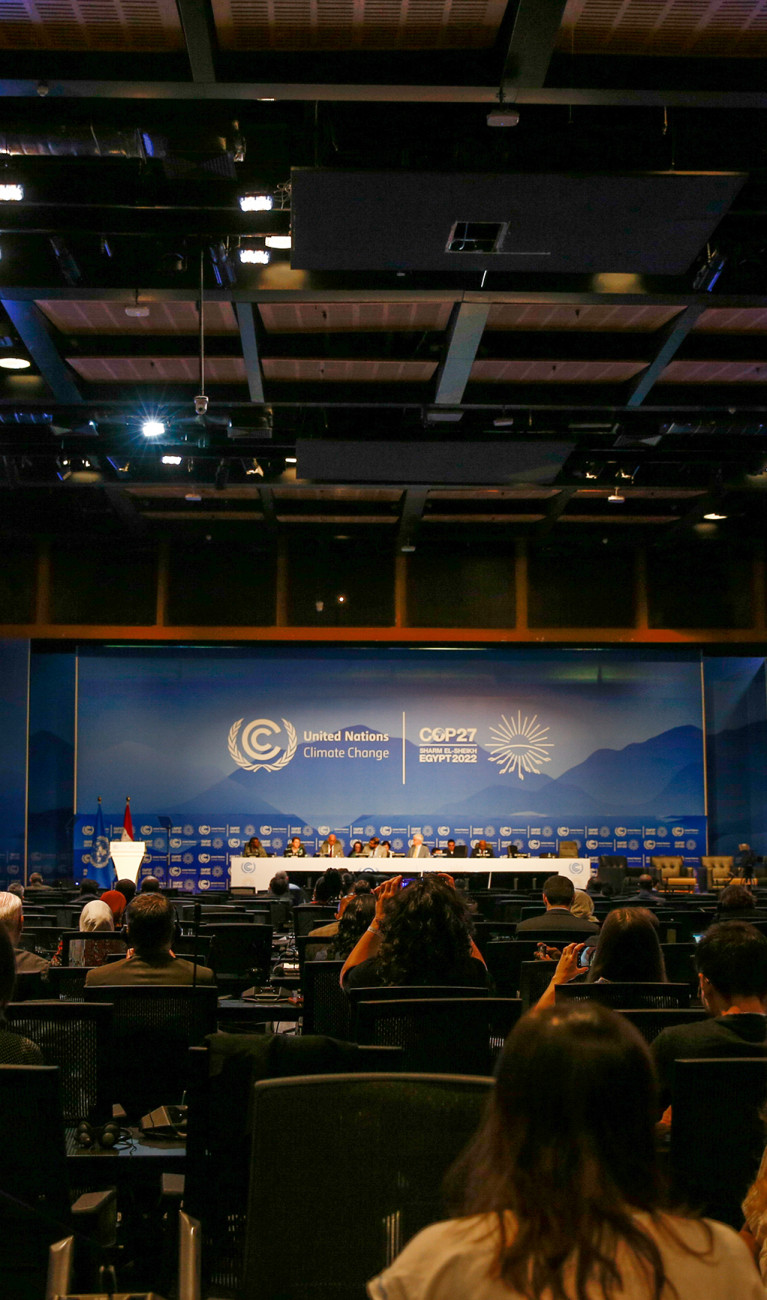

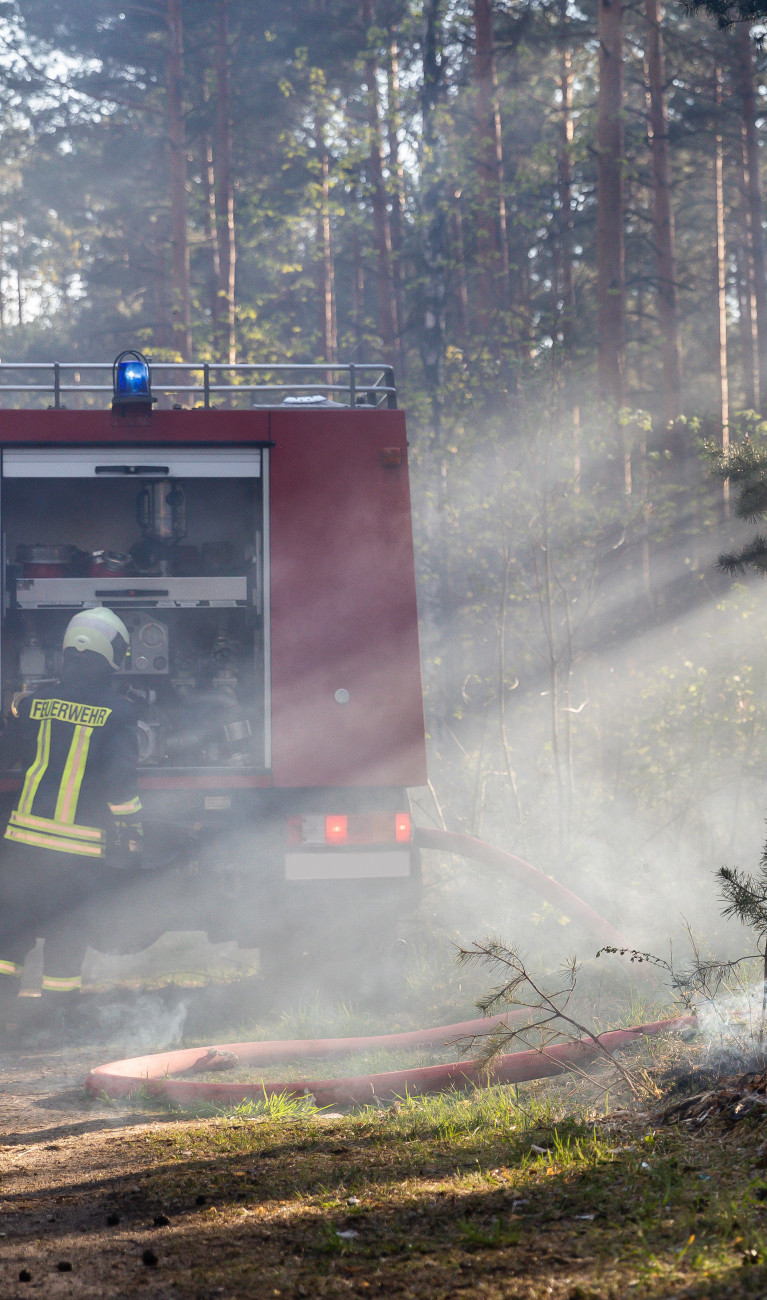
No country in the world can stop climate change on its own. But global solutions worked out in international negotiations often take a long time, perhaps too long to effectively help the climate. As Nobel laureate Elinor Ostrom said, we can’t wait for that. What we need instead is efforts at different levels. And not only the climate would benefit. Read more.
Der am Sonntag beginnende Klimagipfel im ägyptischen Scharm el-Scheich wird angesichts der Weltlage nun doch zu einem bedeutenden Ereignis, sagt Prof. Reimund Schwarze vom UFZ. So wie in den vergangenen Jahren ist der Klimaökonom auch 2022 als Beobachter vor Ort. Im folgenden Interview analysiert er die Ausgangslage. Zum Interview.

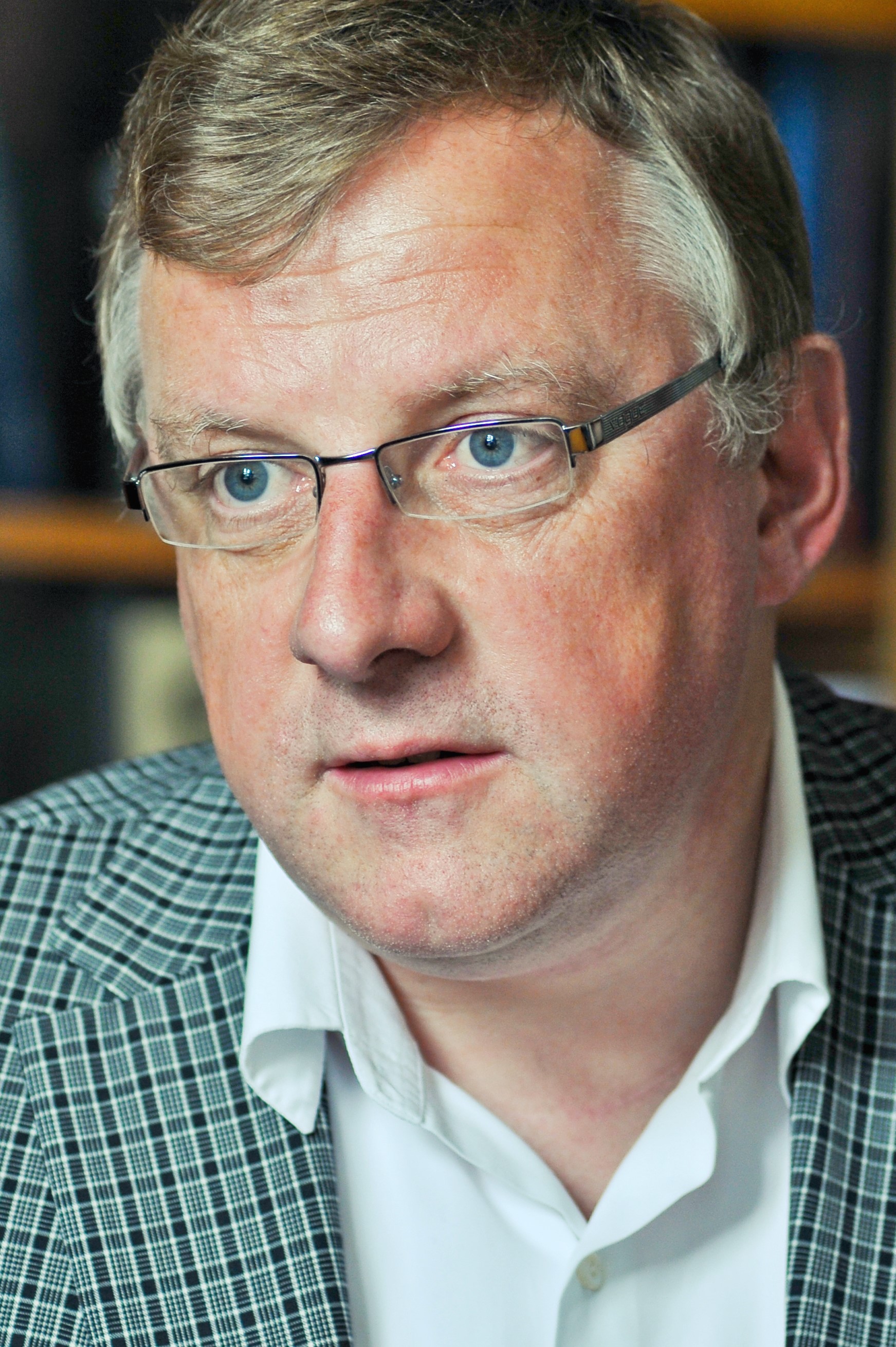
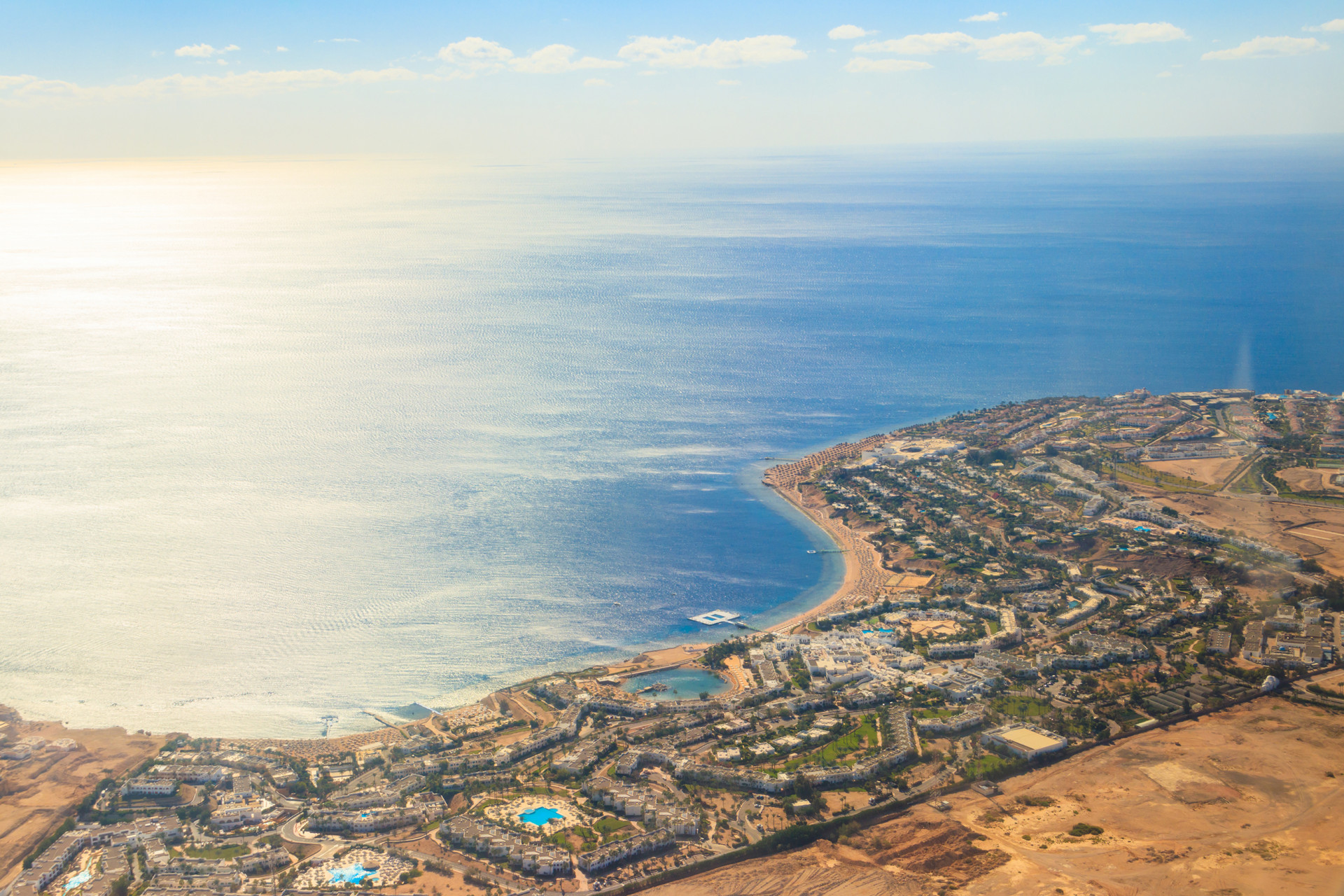
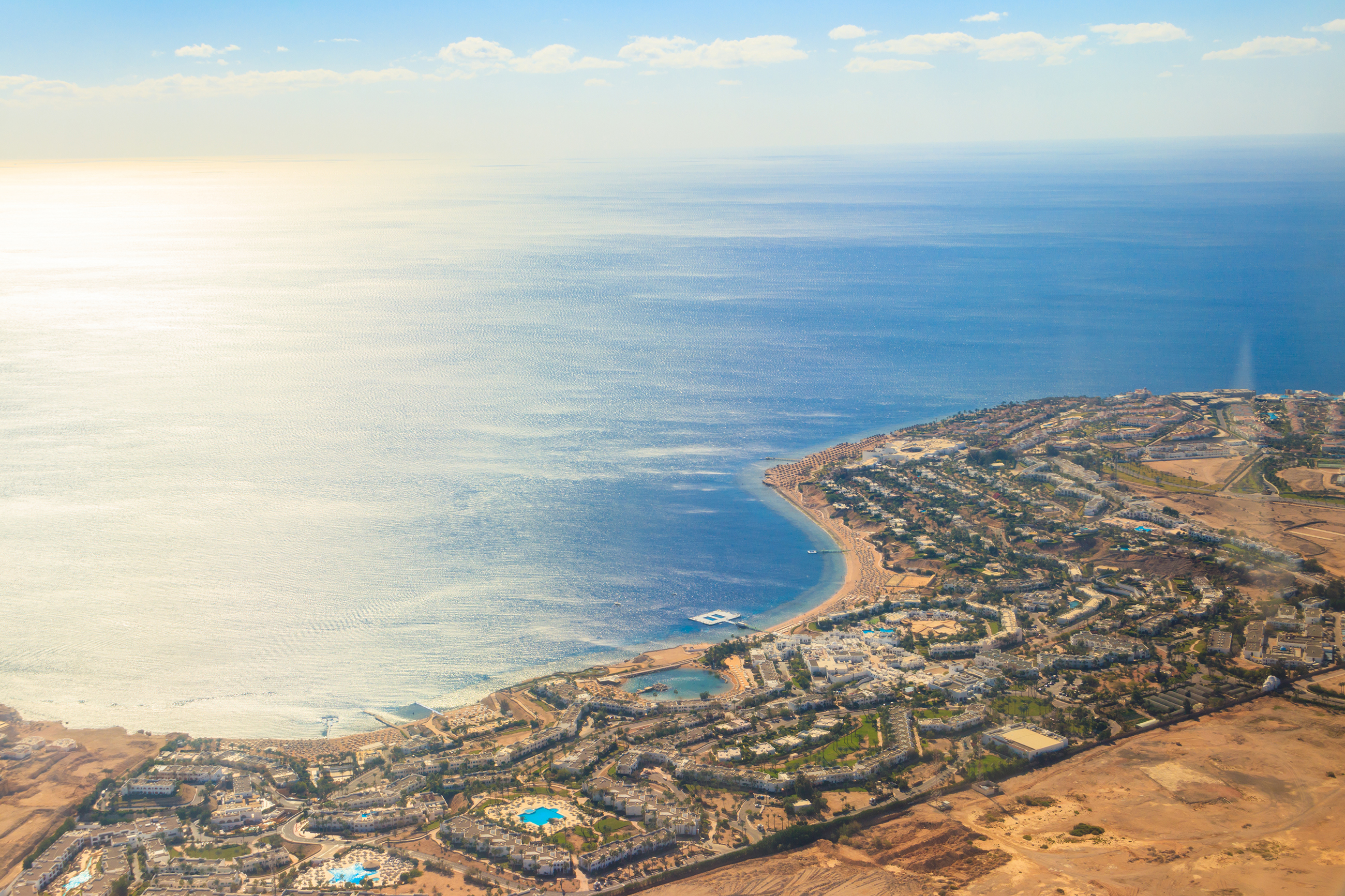
Die Klimakrise verursacht immer größere Schäden. Das wollen die Entwicklungsländer zum Schwerpunkt der UN-Klimakonferenz machen. Die Industriestaaten hingegen wollen über die Senkung der Emissionen diskutieren. Dieser Streit könnte wertvolle Zeit kosten. Zum Artikel.